Renaissance through mobilising local assets
The renaissance of Pittsburgh, once known as ‘smoky Pittsburgh’, to the position of being judged ‘most liveable city’ by the Economist owes a lot to the work of the Pittsburgh History and Landmarks Foundation. Established by Arthur Ziegler in 1964, the Foundation is now worth over $80 million and employs 27 staff. It works by taking on abandoned properties and restoring them, as well as by loaning funds, and providing expertise to others. It is constituted as a non-profit organization, with development and financing subsidiaries that can recycle their profits through the Foundation. Increasingly it is acting as a neighbourhood renewal agency, as in the suburb of Wilkinsburg, some of which had been previously taken over by absentee landlords, as white working class residents moved out or died. Classes on restoration skills attract residents and people from further away, who are working together to bring the neighbourhood back to life.
How the Foundation Helps
The key to the Foundation’s success has been packaging tax credits for historic preservation, and working closely with the City Council, who can take over properties when the owner fails to pay the taxes that are due on them. Where once the City went for grand urban renewal projects, like the Arena area that is due to be redeveloped for housing and mixed uses, it now supports bottom-up regeneration combining social and physical regeneration. The US financial system has three ingredients that favour this kind of project. First it is the owner, not the occupier, who pays property taxes, and these go to the City, County and Schools. Second, incentives are provided through easements that permit the Foundation to central exterior design. Third, wealthy tax payers can write off expenditures on restoration of landmarks and affordable housing through tax credits which the Foundation is able to package together with other funds, thus providing an effective source of grants.
Pittsburgh’s success
Though the ready availability of cheaper properties on the edge has encouraged the flight of both people and capital from American city centres, there is a counteracting force at work in Pittsburgh to adapt old areas to new uses. Pittburgh’s renaissance has been contrasted in the American press with Detroit’s bankruptcy, another ‘rustbelt’ city with a number of significant differences. First half the jobs in Pittsburgh are within 10 miles of the city centre compared with a tenth in Detroit. Second as the jobs have shifted, those left behind are predominantly black (81% in Detroit), and the population there has fallen so far it can no longer support the services needed to maintain the social and physical infrastructure. Pittsburgh too has its ‘disadvantage areas’, but the centre looks and feels clean and safe, with pleasant green open spaces. As a result people are coming back to live in the Downtown area (10,000 compared with 3,000 a few years ago) and in these help to support the growth of restaurants and smarter shops. Housing costs are a fifth of those in New York and far below Washington, thanks to the ready availability of restored houses in the inner areas. In turn new offices such as Google have been attracted by the prospects of recruiting and holding on to good staff with technical capabilities.
The economic base of the city has changed too. Like other US cities, the predominant activity of central Pittsburgh is also ‘Eds and Meds’, with some four universities and fine medical facilities. Chinese students are attracted to the technical training on offer. The striking headquarters of US Steel is now the home of the University of Pittsburgh Medical Center. Tourism is growing in importance, encouraged by projects such as the conversion of the old railway terminus into Station Square, with its hotel, offices, and fine dining rooms, which was the Foundation’s first project. There is even the start of a shift to public transport, and the short tram line has been extended to cross the two rivers that surround the Downtown area.
Challenges
However under the surface some cracks can be detected. Restoration typically costs much more than the property can be sold for, and needs to be cross-subsidised. Yet with low property values, this is not easy to achieve in the short-term. The Foundation was fortunate in developing and later selling off Station Square when it did, which has provided it with the capital to make profitable loans and undertaken development projects. Though there are lots of hybrid buses, the transit system is confusing, and there is only one train a day to Philadelphia, some 350 miles away which takes over seven hours. Hence traffic dominates the main roads, some of which have degenerated into ‘edge city strips’ where walking feels out of place. Tax credits, which have nationally funded some 2.6 million affordable rental homes across the country, are under threat from a Congressional overhaul of the tax code that seeks to eliminate tax breaks.
Also even though the population is no longer declining, it is half what it once was, and the City Council could face problems in meeting future pension obligations. The eminent Professor Richard Florida, who is credited with discovering the ‘creative class’, attacked Pittsburgh when he taught at the University for not being an open enough society that welcomed minorities. David Lewis, the British urban designer who founded Urban Design Associates as a spin-off from his work at the University, comments in an introduction to a guide to the city’s architecture and urban spaces that ‘Pittsburgh is a city waiting to be discovered and explored. Is it a ‘great’ city? No, not yet. I would say it has the making of a great city… A great city is, in fact, the art work of its people… Old buildings are much more than just obsolete structures in the physical sense. They are the custodians of our cultural continuity as a city and as a community.’
Conclusions
In a short visit, made memorable by staying at the superb Mansions on Fifth, a boutique hotel which the Foundation helped fund, and meeting so many committed urbanists, I was struck by the similarities with British post-industrial cities like Sheffield and Manchester. Pittsburgh has wisely seen the need to go beyond grand redevelopment projects to making the most its physical heritage, and creating clean, green and safe streets., Pittsburgh provides a model for how industrial cities can secure a renaissance through making the most of their local assets. The key is a city based development trust that combines skills in restoration and landscaping with the ability to negotiate favourable property deals and fund projects that banks would not consider. This is backed up by a property tax system that rewards enterprise not speculation, and that penalises those who sit on empty property and allow it to decay.
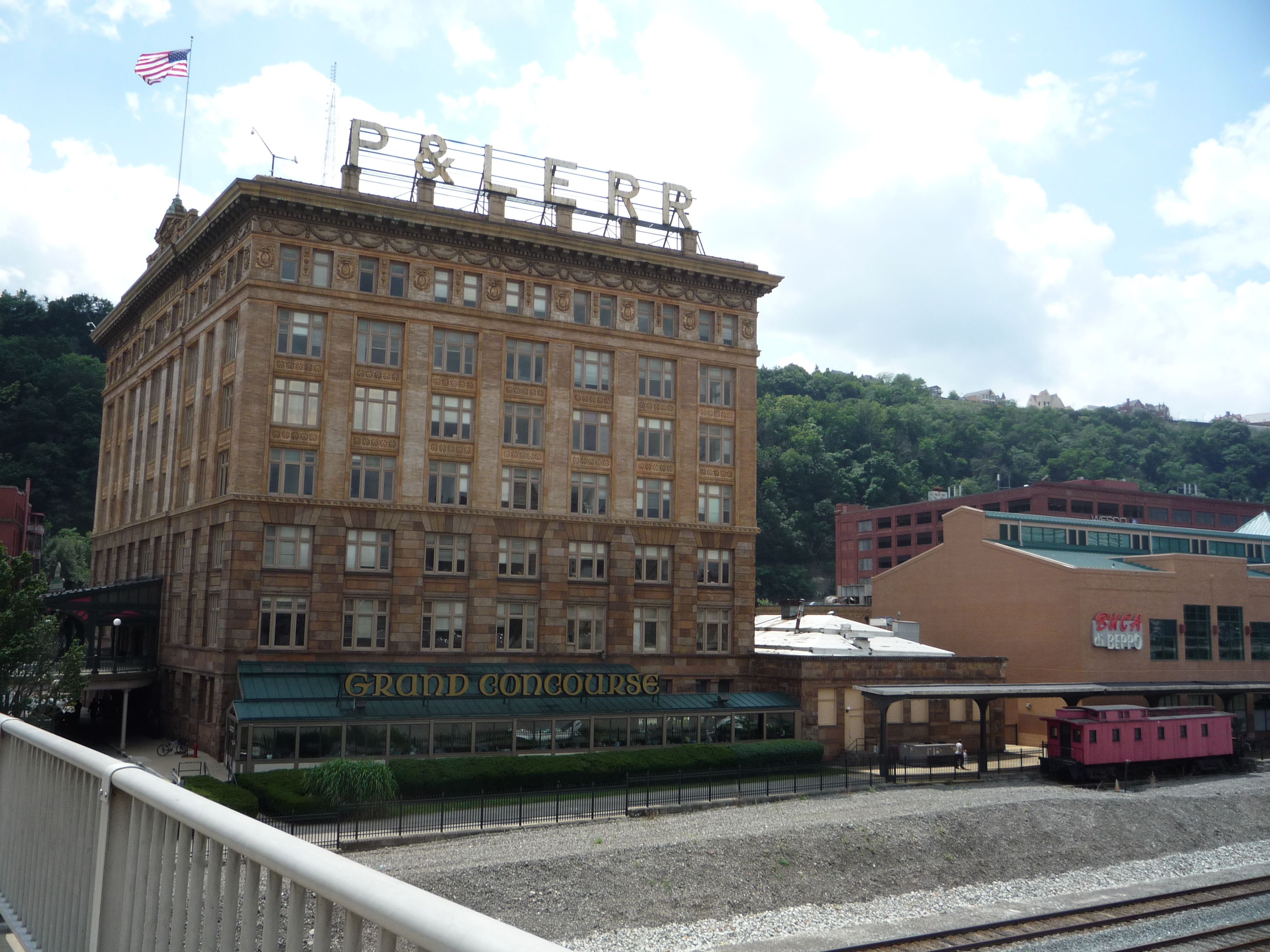
Station Square overlooks one of the city’s two rivers
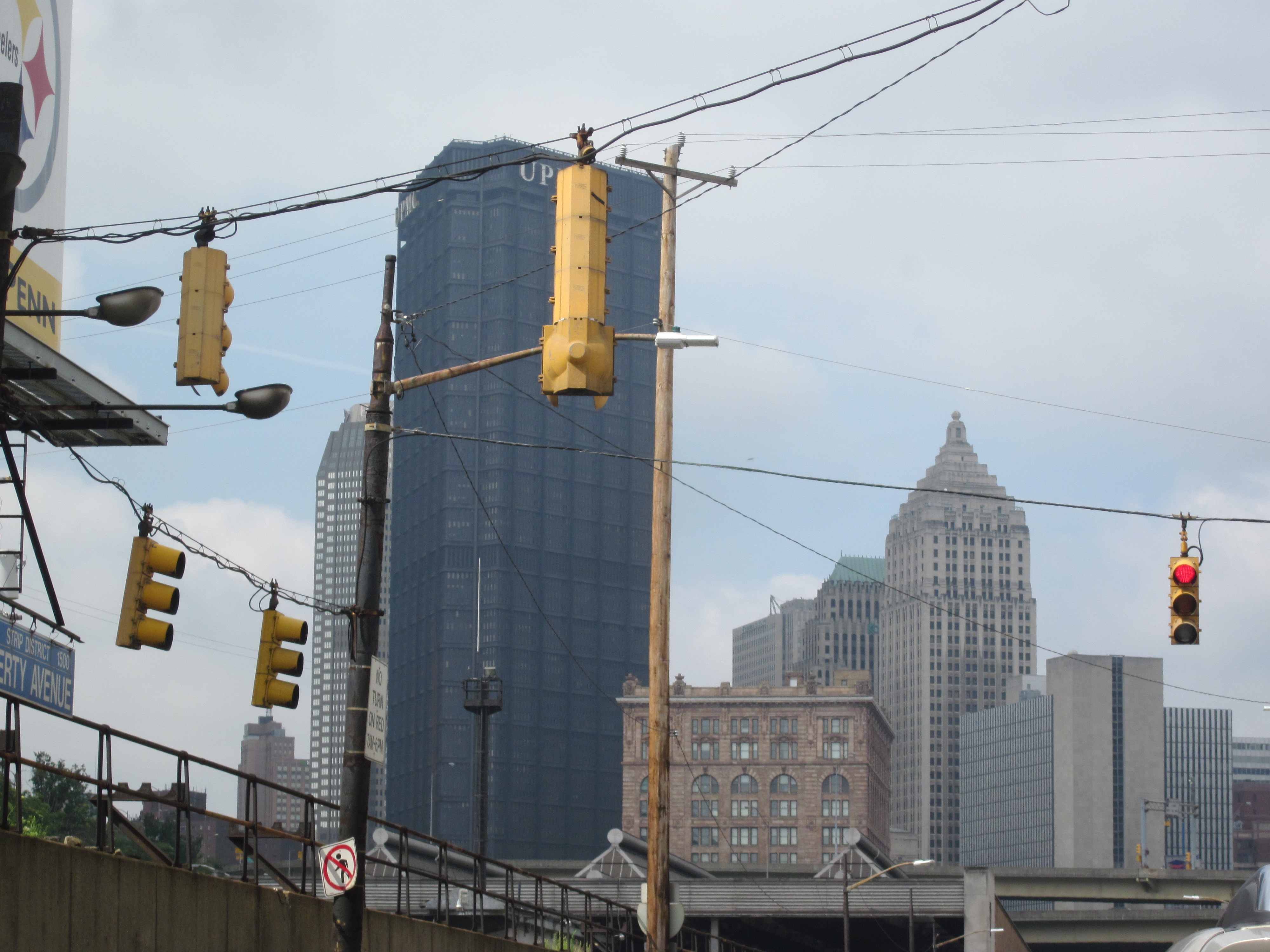
The Downtown contains some great architecture, new and old
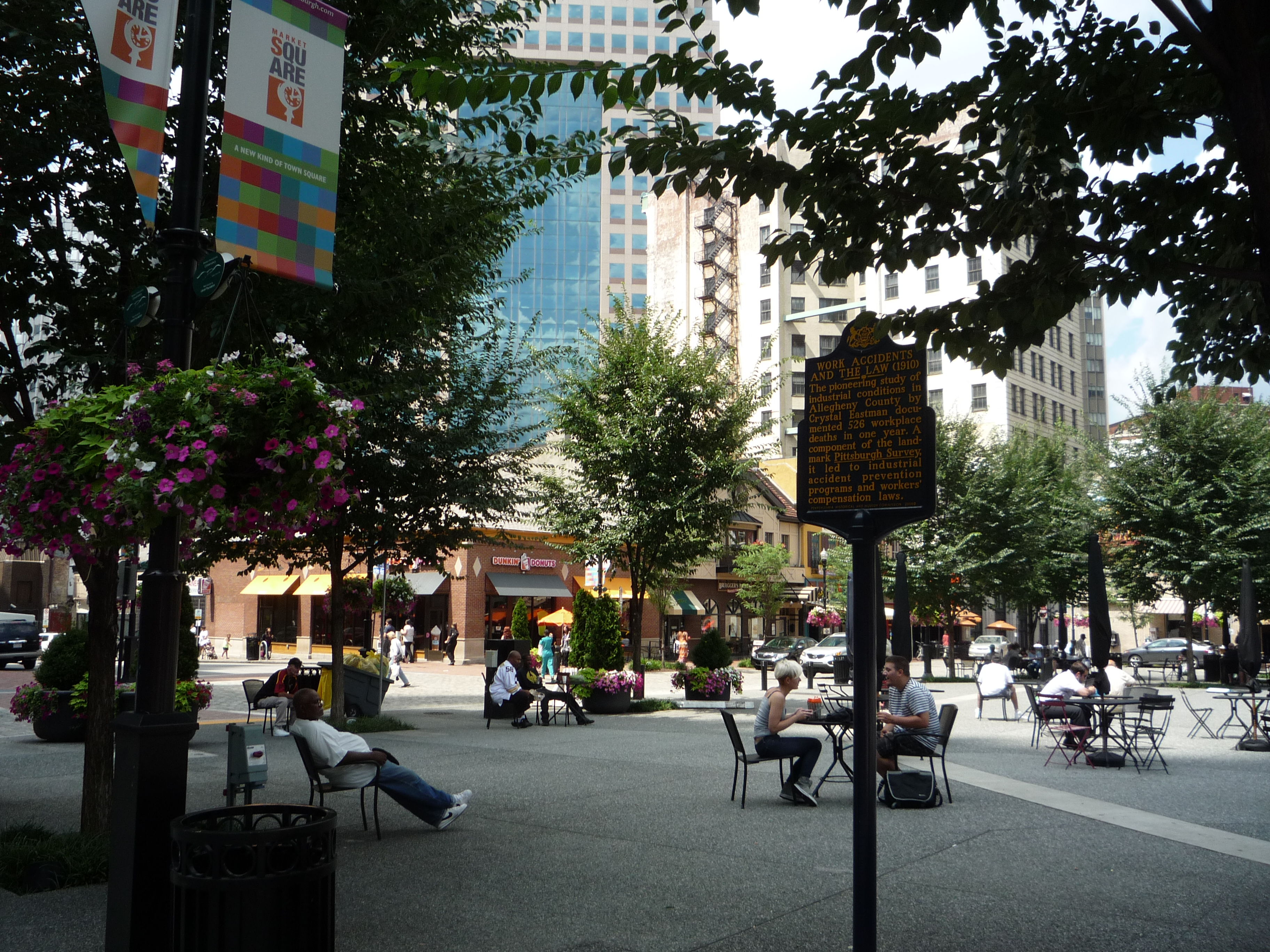
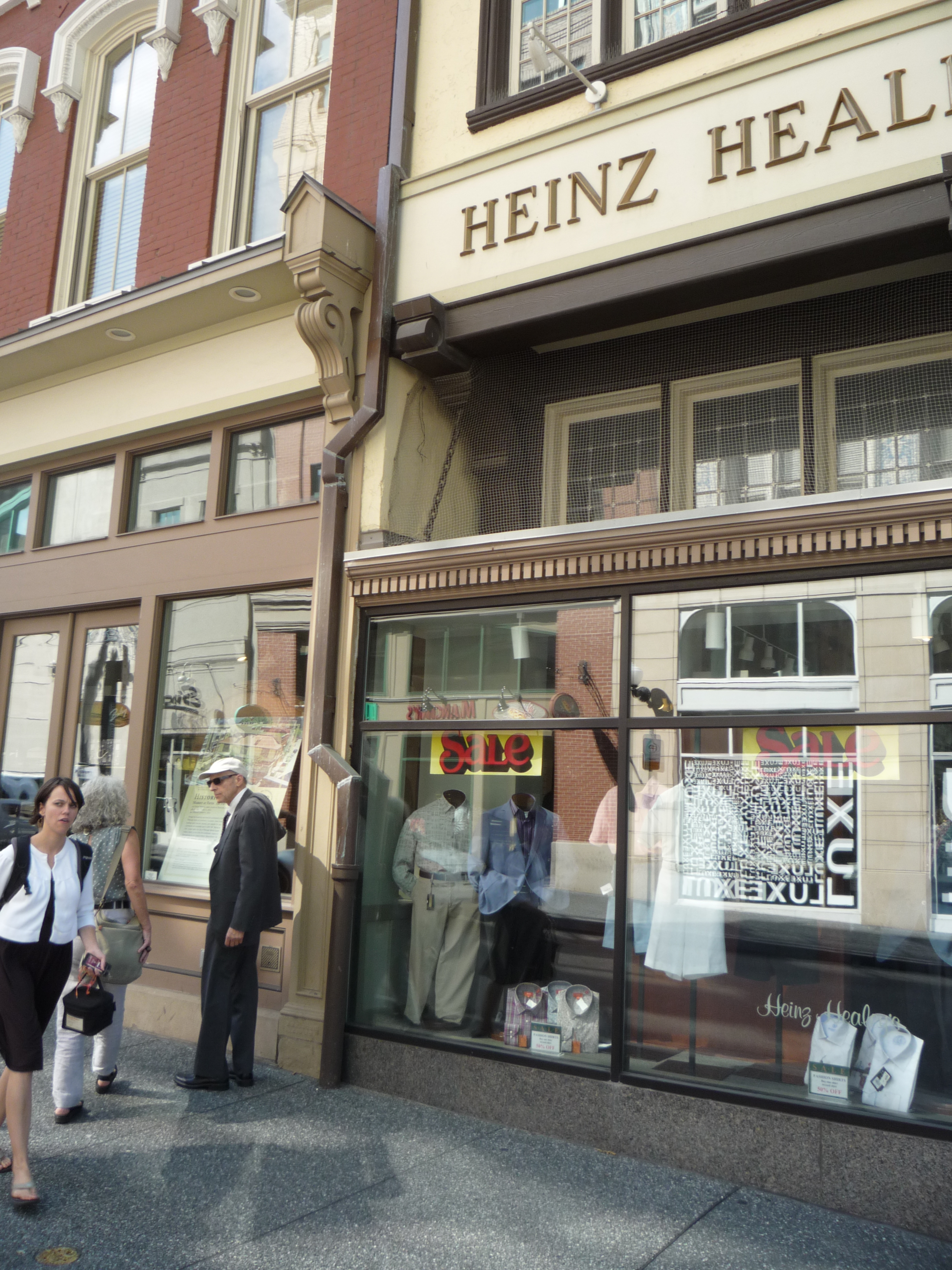
Market at Fifth has been restored using tax credits, and the men’s outfitters and shoe shop with apartments above have rekindled confidence in the adjoining streets.
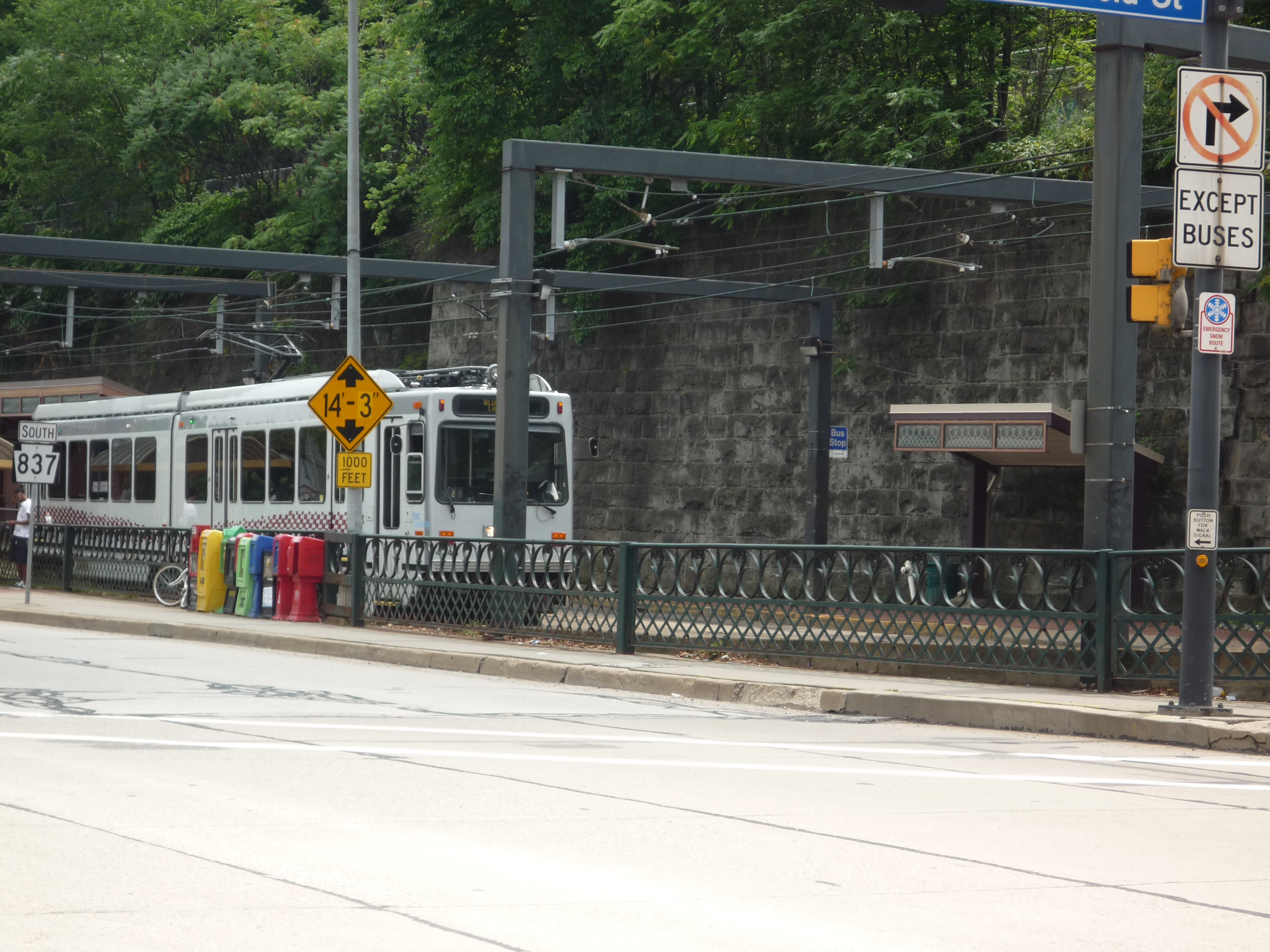
The transit line has been upgraded and extended.
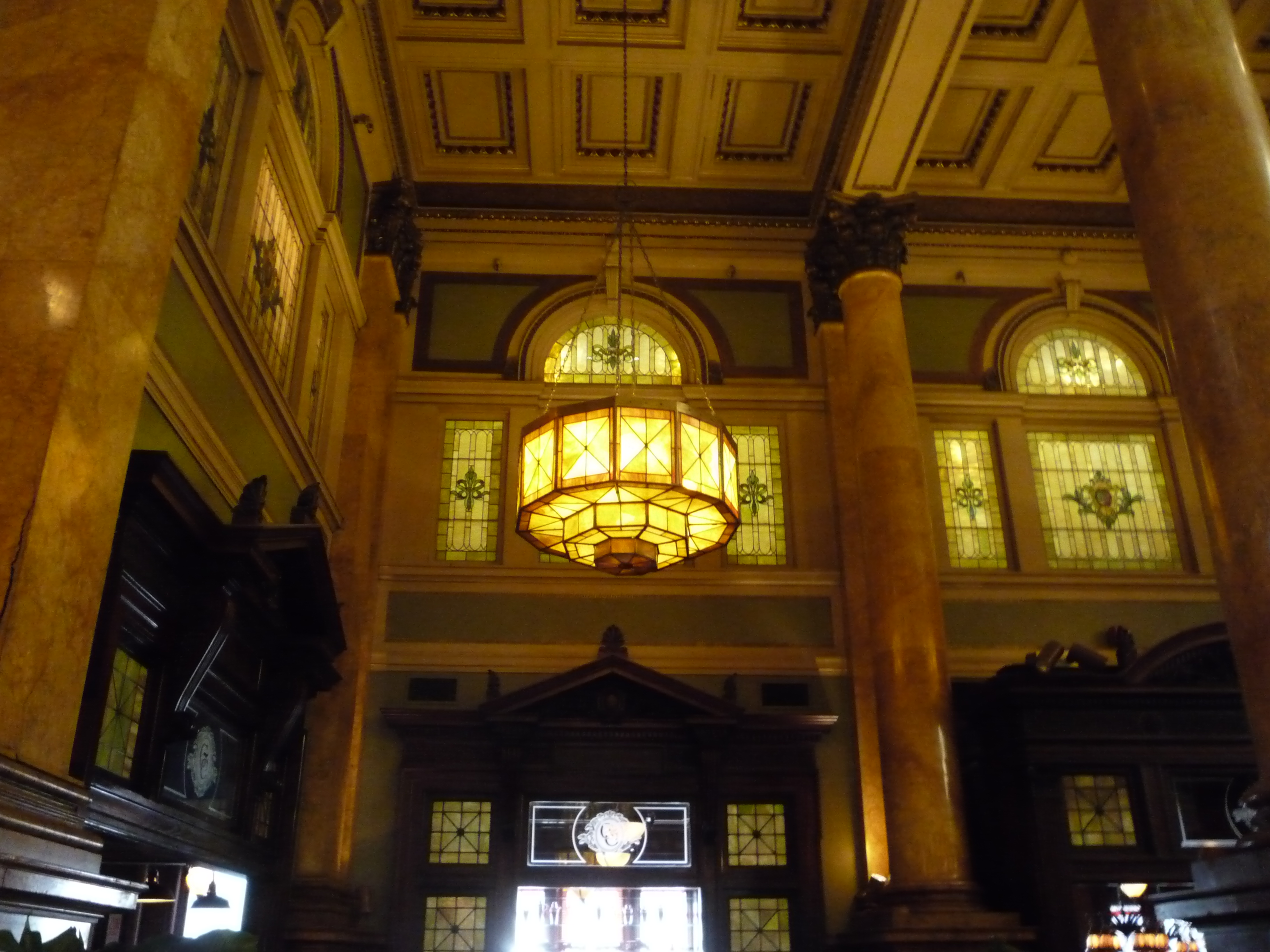
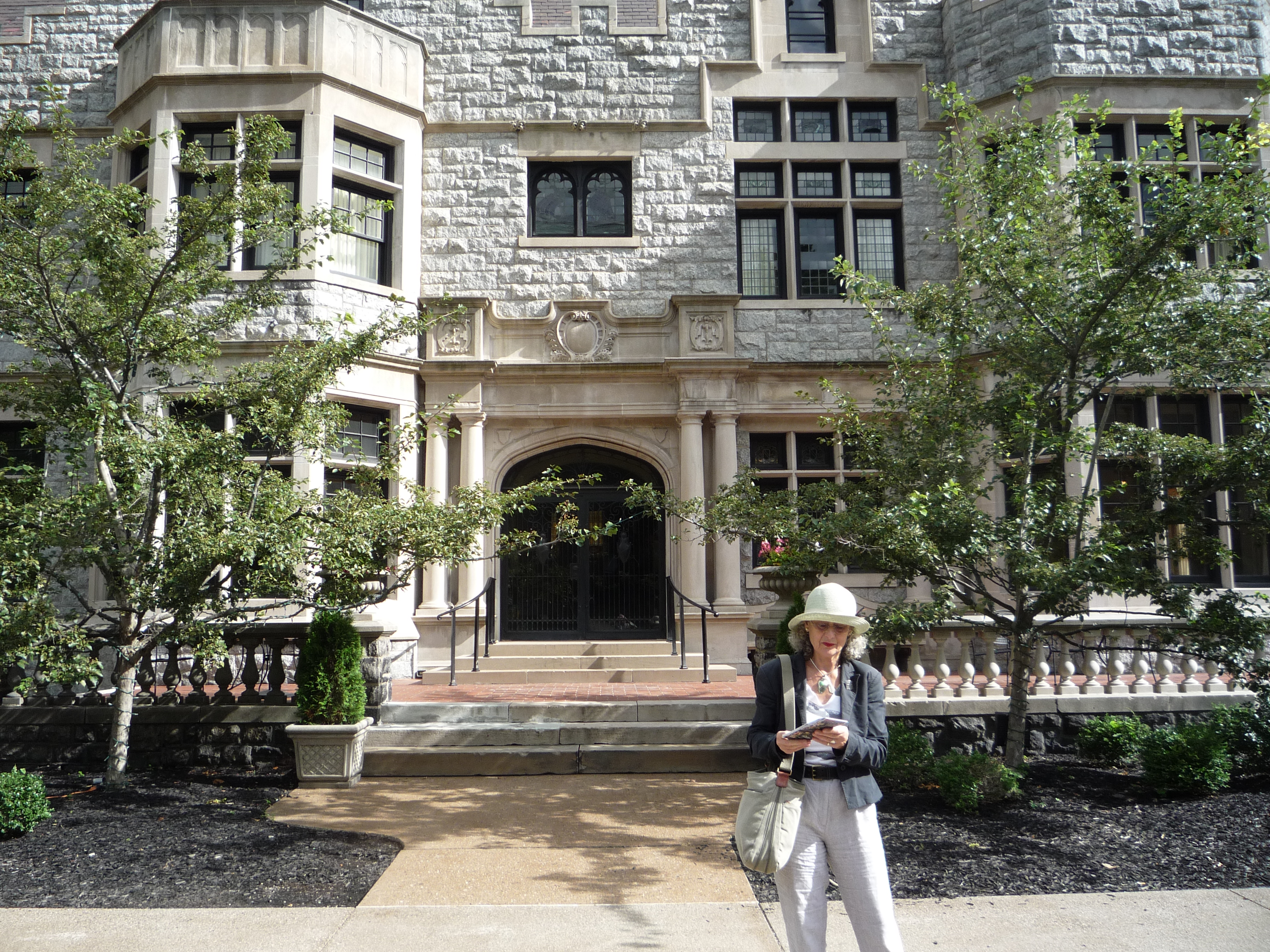
Mansions on Fifth is a fine boutique hotel the Foundation has helped to fund.
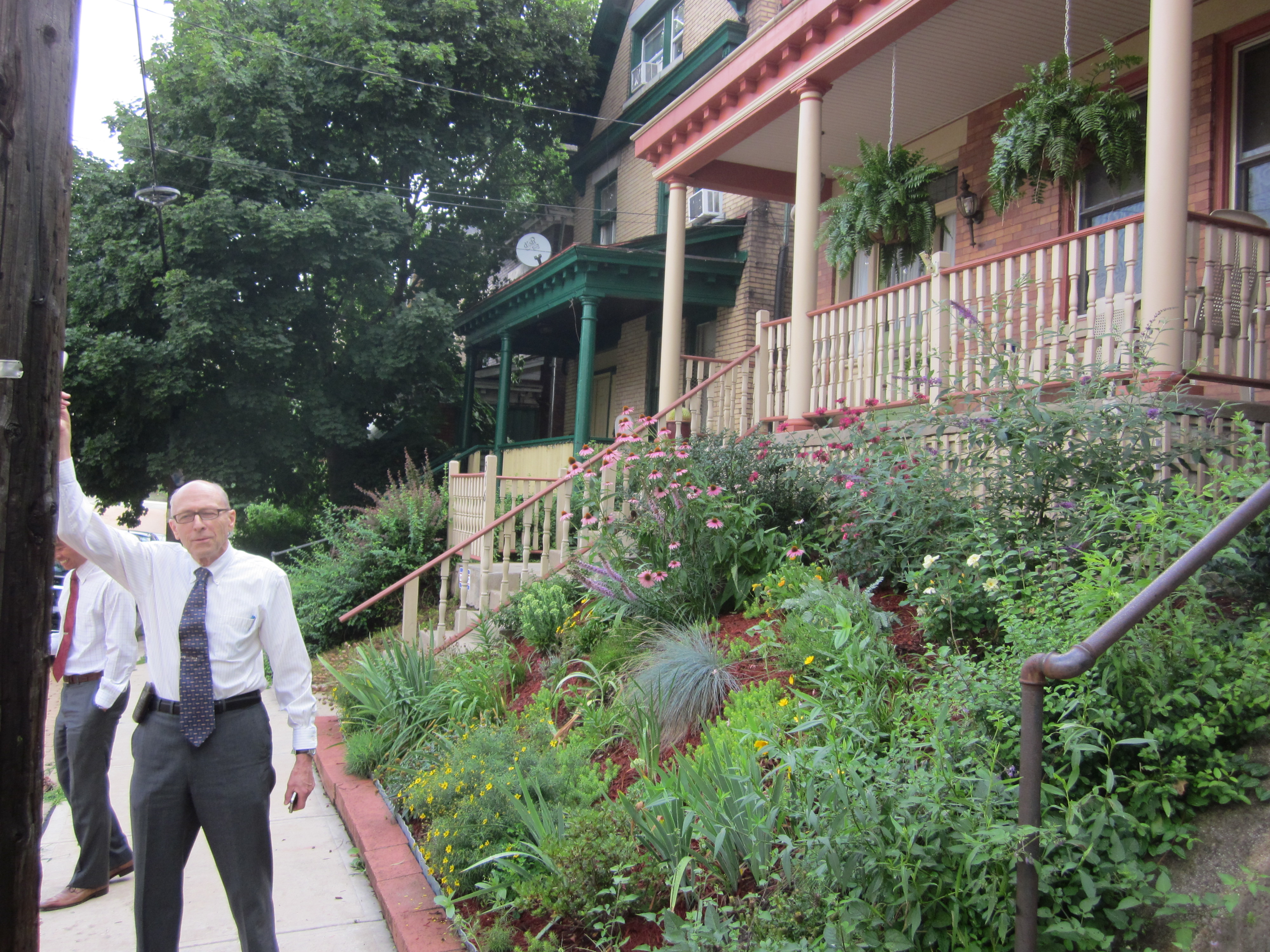
Restoring a run-down neighbourhood requires careful landscaping as well as a mix of affordable homes and houses for the upwardly mobile.

Thanks Nick : interesting example of the power of local development agencies with tax and cash to nurture places and private investment. Let’s meet up soon David
Sent from my iPhone
>